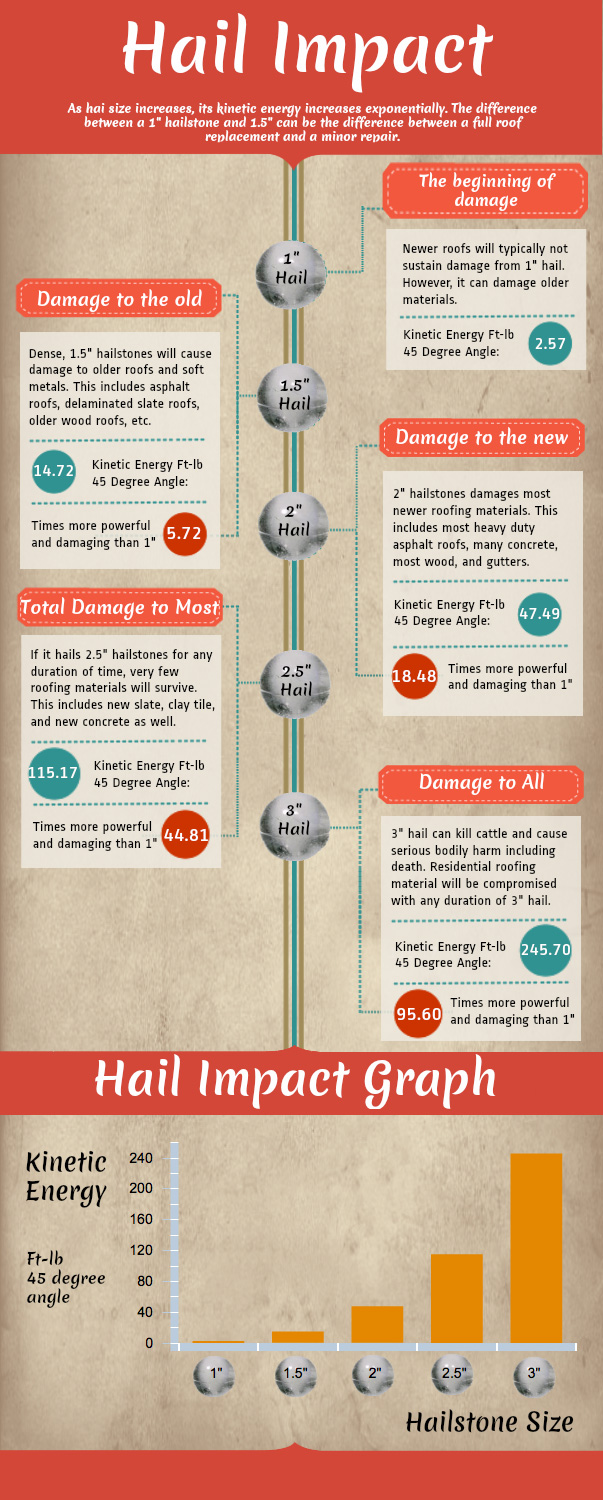The Future Of Solar Power: Forecasts For The Industry In The Following Years
The Future Of Solar Power: Forecasts For The Industry In The Following Years
Blog Article
Content By-Buch Niebuhr
As you ponder the future of solar power, envision a landscape where technology and sustainability merge. The coming years hold the promise of significant innovations in solar technology, reshaping the market as we understand it. With performance gains and expense reductions coming up, the potential for solar energy to change our power landscape is enormous. Keep tuned to find how these developments will certainly form the future of renewable energy and thrust us towards a greener tomorrow.
Technical Developments in Solar Panels
Solar panels have observed impressive technological improvements in the last few years. https://www.science.org/content/article/ultrathin-organic-solar-cells-could-turn-buildings-power-generators is the increase in effectiveness, allowing solar panels to transform sunlight into electricity more effectively. This has actually been accomplished through advancements in materials and design, making solar power a much more viable and affordable option for renewable energy sources.
An additional crucial growth is the reduction in prices related to production and mounting solar panels. As modern technology has actually advanced, manufacturing processes have come to be extra structured, bring about reduced rates for customers. Additionally, the resilience and life-span of solar panels have enhanced, making them a more sustainable and long-lasting financial investment.
Innovations in energy storage space technology have actually additionally played an important role in improving the performance of solar panels. Batteries and other storage services have come to be more effective and budget-friendly, enabling users to keep excess energy created throughout the day for usage at night or throughout durations of reduced sunlight.
Increased Fostering in Numerous Industries
With the need for lasting power services rising, numerous sectors are progressively incorporating solar power systems right into their operations. Companies in markets such as manufacturing, farming, and transport are leveraging solar energy to decrease their carbon impact and operating expense.
In production, photovoltaic panels are being installed on roofs to power equipment and lighting, causing considerable savings on electrical power costs. Agriculture is likewise welcoming solar energy by using it for watering systems and powering farm tools, consequently minimizing conventional gas expenditures. Moreover, the transportation sector is embracing solar innovation for billing electric automobiles and illuminating parking lots.
The trend of boosted fostering of solar energy throughout sectors is driven by the wish to be much more eco-friendly and minimize reliance on non-renewable energy resources. As solar technology continues to breakthrough and become more cost-efficient, we can expect to see also broader integration of solar power systems in numerous industries in the coming years.
Policy Changes Driving Solar Development
Embracing renewable resource resources is vital for sustainable development in today's world. Policy changes play a significant function in driving the development of solar energy. Federal governments around the world are applying different measures to advertise the adoption of solar power. Motivations such as tax credits, rebates, and feed-in tariffs motivate individuals and organizations to buy solar modern technology.
Additionally, laws mandating a specific percent of energy ahead from renewable resources push energy companies to integrate even more solar into their energy mix. In addition, plans focusing on internet metering enable solar customers to market excess electricity back to the grid, making solar setups much more financially feasible.
In some regions, renewable portfolio requirements need a particular section of electricity to be produced from solar power, creating a steady demand for solar energy. These policy changes not just drive the development of the solar industry however also add to minimizing carbon exhausts and combating climate modification. By supporting and implementing such policies, governments can speed up the transition to an extra lasting power future.
Conclusion
In conclusion, the future of solar power looks intense with continuous technical developments, boosted adoption across sectors, and supportive policy changes. With find more , decreased expenses, and boosted power storage options on the horizon, solar energy is set to play an important role in the international change to a cleaner and much more lasting energy future. Accept the possibility of solar power and be a part of the renewable energy change!
